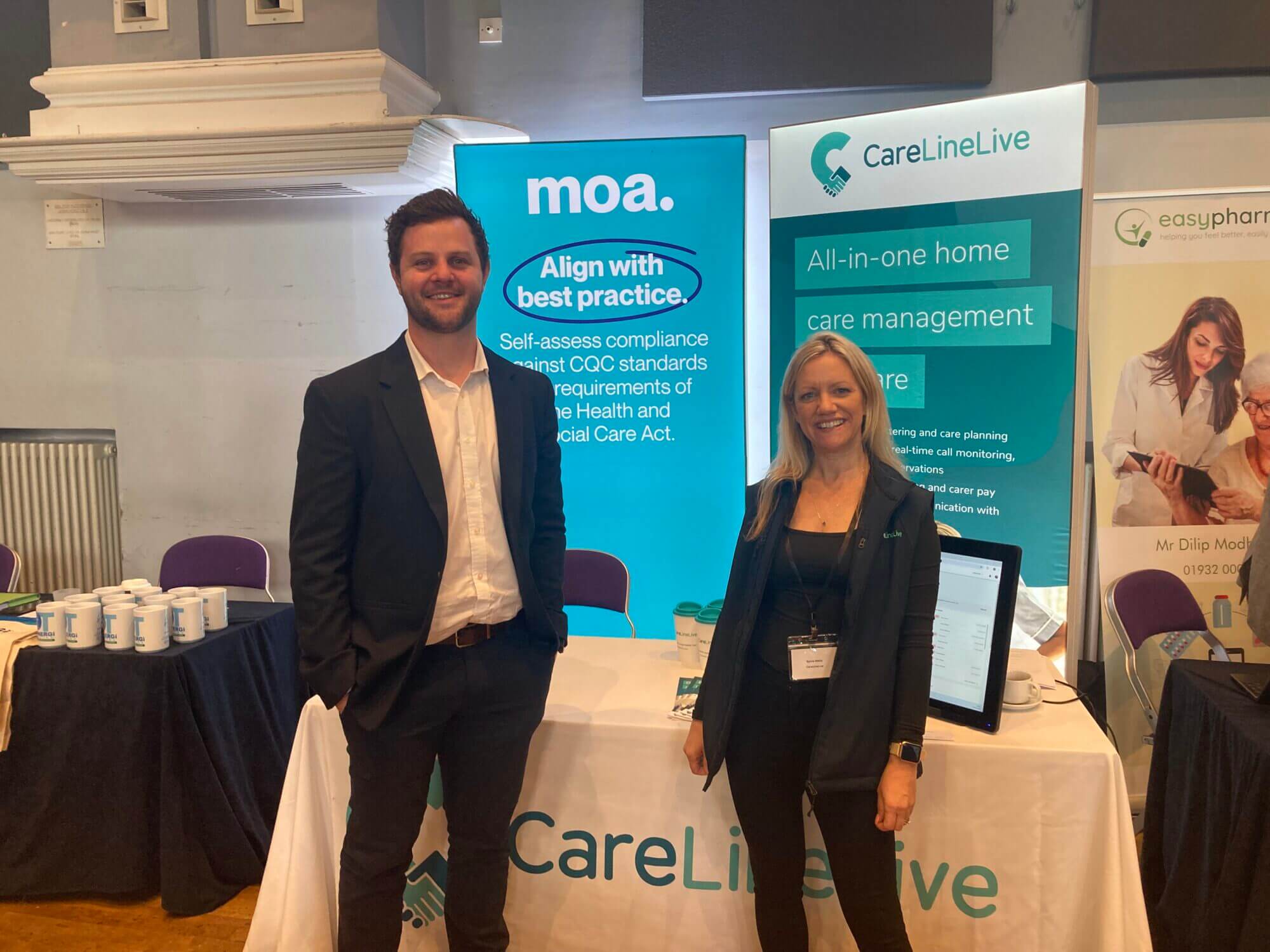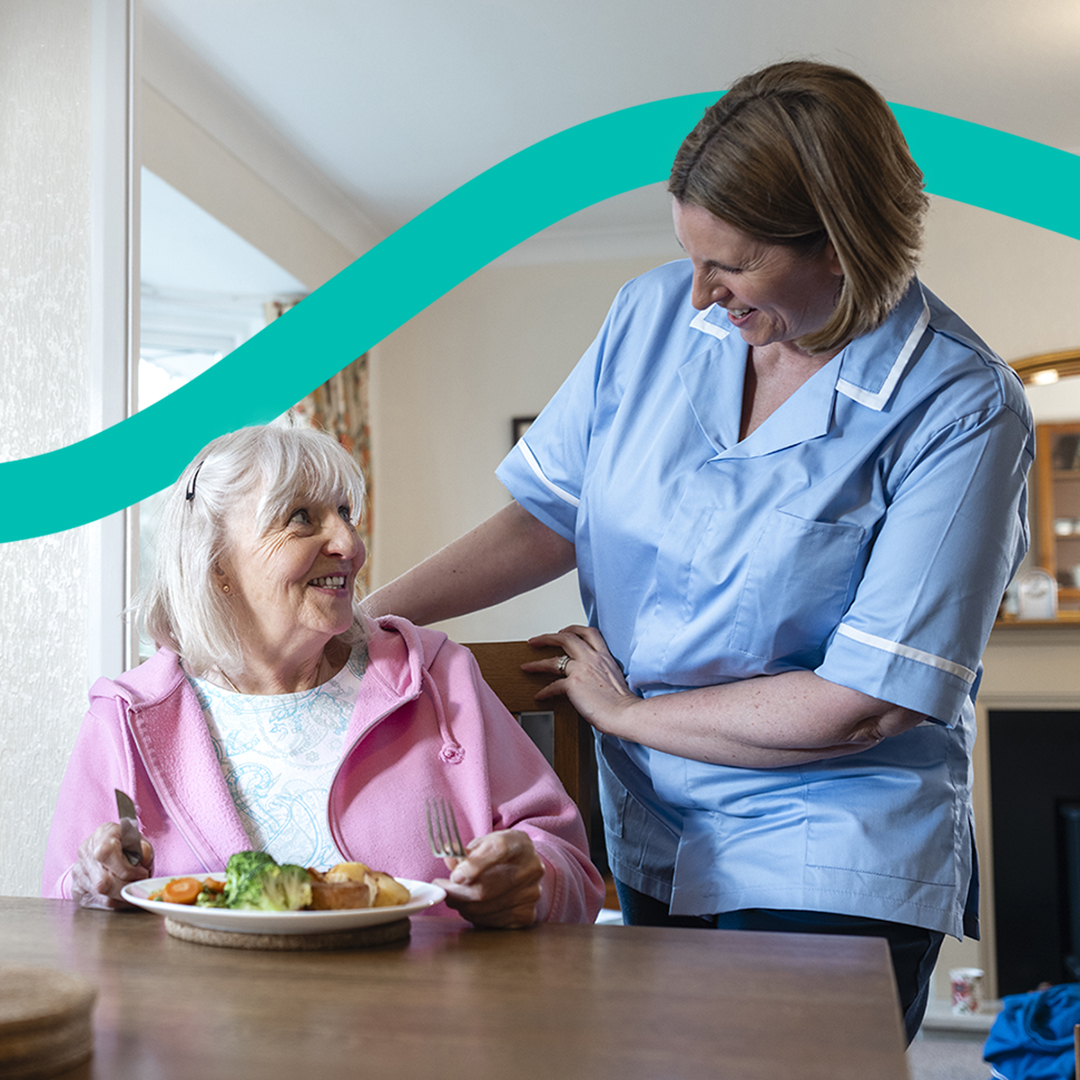Running a SAFE service is the objective of providers across health and social care both in the UK and further afield. Within home care the challenges can be significant due to care staff working in multiple environments with a range of service users who have diverse needs.
People using services must be assured that their liberty and best interests are protected and that they will be SAFE when accessing services. They should be confident that staff levels and skill sets are appropriate to meet needs and expectations.
SAFE and the related quality statements
The Key Question of SAFE explores how safety and continuous improvement is embedded into the culture of a service. Leaders should ensure that areas that pose the greatest risk are identified and managed collaboratively in a way that improves SAFE outcomes for service users.
Collaborative working and integrated care are pivotal to risk management and safe and effective care journeys. Transitions between services should be seamless and coordinated in ways which are inclusive and give people control of their choices, and what they consent to. People using services should be encouraged to make informed decisions when balancing the risk of harm and exploring positive risk taking.
Current CQC guidance on the quality statements is clear as are references to the regulations. Therefore, make sure you understand the regulations and what they mean for your service. The quality statements that relate to the key question of SAFE are:
- Learning culture
- Safe systems, pathways and transitions
- Safeguarding
- Involving people to manage risk
- Safe environments
- Safe and effective staffing
- Infection prevention and control
- Medicine optimisation
Practical tips for evidence collection
Much of the evidence that you collate will crossover between the quality statements that sit underneath the key question of SAFE. Remember to collect evidence from across the service to gain an accurate picture of the service.
CareLineLive users will find that the software can provide many opportunities to show compliance to regulation, and allows the production of evidence, e.g the Incident and Concern reporting feature. Sharing and storing of information couldn’t be easier, and can be done by simply uploading information received to the Client or Carer Journal or the Care Circle.
Quality Statements for the Key Question of SAFE
Note: Below are evidence suggestions under each quality statement.
Learning culture
‘We have a proactive and positive culture of safety based on openness and honesty, in which concerns about safety are listened to, safety events are investigated and reported thoroughly, and lessons are learned to continually identify and embed good practices’.
- Learnings from incidents, concerns and complaints, showing adherence to Duty of Candour
- Learnings from stakeholder feedback being used for service improvement and development from stakeholder feedback
- Robust quality assurance processes
- Staff supervision documentation showing areas identified for training and development
CareLineLive’s incident and concern reporting feature includes a reflective section allowing users to think about how the key questions have been met and what lessons have been learned.
We have a helpful case study on how Delta Care use CareLineLive’s Incident Reports for more than reporting incidents
Safe systems, pathways and transitions
‘We work with people and our partners to establish and maintain safe systems of care, in which safety is managed, monitored and assured. We ensure continuity of care, including when people move between different services’.
Evidence suggestions:
- Robust quality assurance processes
- Adherence to process and policy
- Keeping records up to date of all stakeholders
- Records of sharing information between services
Safeguarding
‘We work with people to understand what being safe means to them as well as with our partners on the best way to achieve this. We concentrate on improving people’s lives while protecting their right to live in safety, free from bullying, harassment, abuse, discrimination, avoidable harm and neglect. We make sure we share concerns quickly and appropriately’.
Evidence suggestions:
- Person-centred care planning, risk assessment and management, including process to gain consent
- Management of complaints, concerns and incidents
- Understanding and adherence to stakeholder safeguarding processes
- Robust recruitment process
Involving people to manage risks
‘We work with people to understand and manage risks by thinking holistically so that care meets their needs in a way that is safe and supportive and enables them to do the things that matter to them’.
Evidence suggestions:
- Involvement of service users in person-centred risk management
- Documentation of person-centred risk management
- Informed choice and person-centred positive risk taking
- Collaborative working to manage risk
Safe environments
‘We detect and control potential risks in the care environment. We make sure that the equipment, facilities and technology support the delivery of safe care’.
Evidence suggestions:
- Environmental, health and safety assessments including identified risks
- Equipment service records and planning for re-inspection, processes for
- Moving and handling plans which are person-centred and bespoke to the service user.
- Infection control
Safe and effective staffing
‘We make sure there are enough qualified, skilled and experienced people, who receive effective support, supervision and development. They work together effectively to provide safe care that meets people’s individual needs’.
Evidence suggestions:
- Excellent recruitment and induction processes
- Training matrix
- Continual professional development for all staff
- Workforce planning showing staffing level meeting service needs
We have a helpful case study on how Verina Daly Care successfully evidences safe and personalised care using digital records.
Infection prevention and control
‘We assess and manage the risk of infection. We detect and control the risk of it spreading and share any concerns with appropriate agencies promptly’.
Evidence suggestions:
- Infection control assessments and related risk assessments showing mitigation of risk and risk management
- Personal protective equipment management
- Staff training
- Learnings from other services and best practice
Check out CareLineLive’s homecare assessment templates.
Medicine optimisation
‘We make sure that medicines and treatments are safe and meet people’s needs, capacities and preferences by enabling them to be involved in planning, including when changes happen’.
Evidence suggestions:
- Medication management assessment and related risk assessment
- MAR or e-MAR auditing
- Ordering, collection and storing of medication
- Best interest decisions in line with current legislation
- Learnings from medication errors showing implementation of best practice
- Statutory notifications
Take a look at CareLineLive’s home care eMAR system.
You can find our previous articles on the New Single Assessment Framework in the links below:



